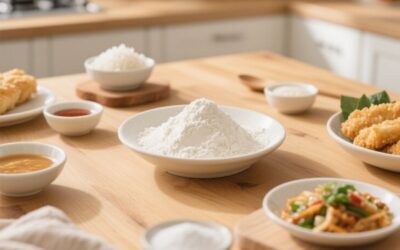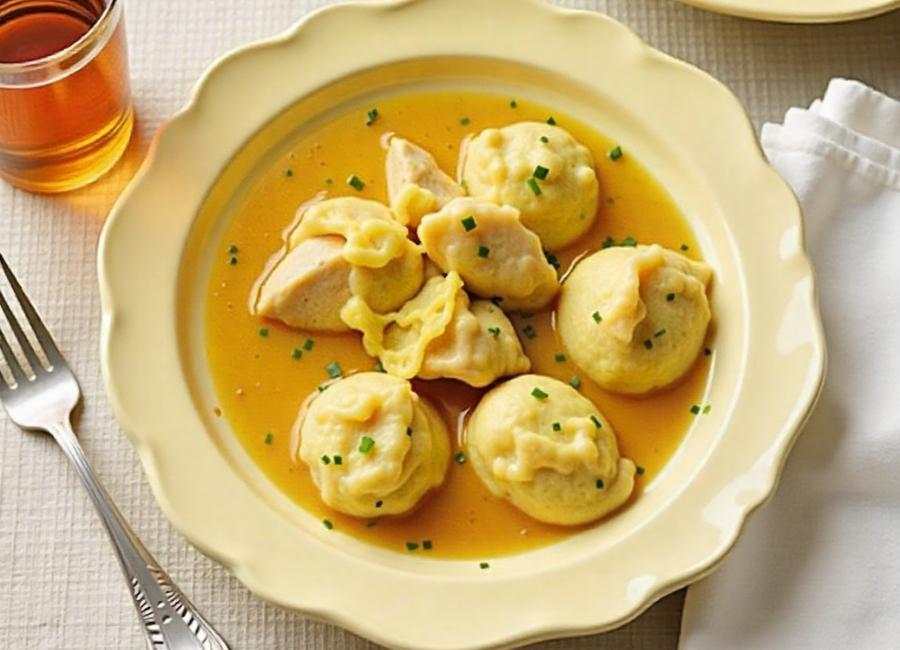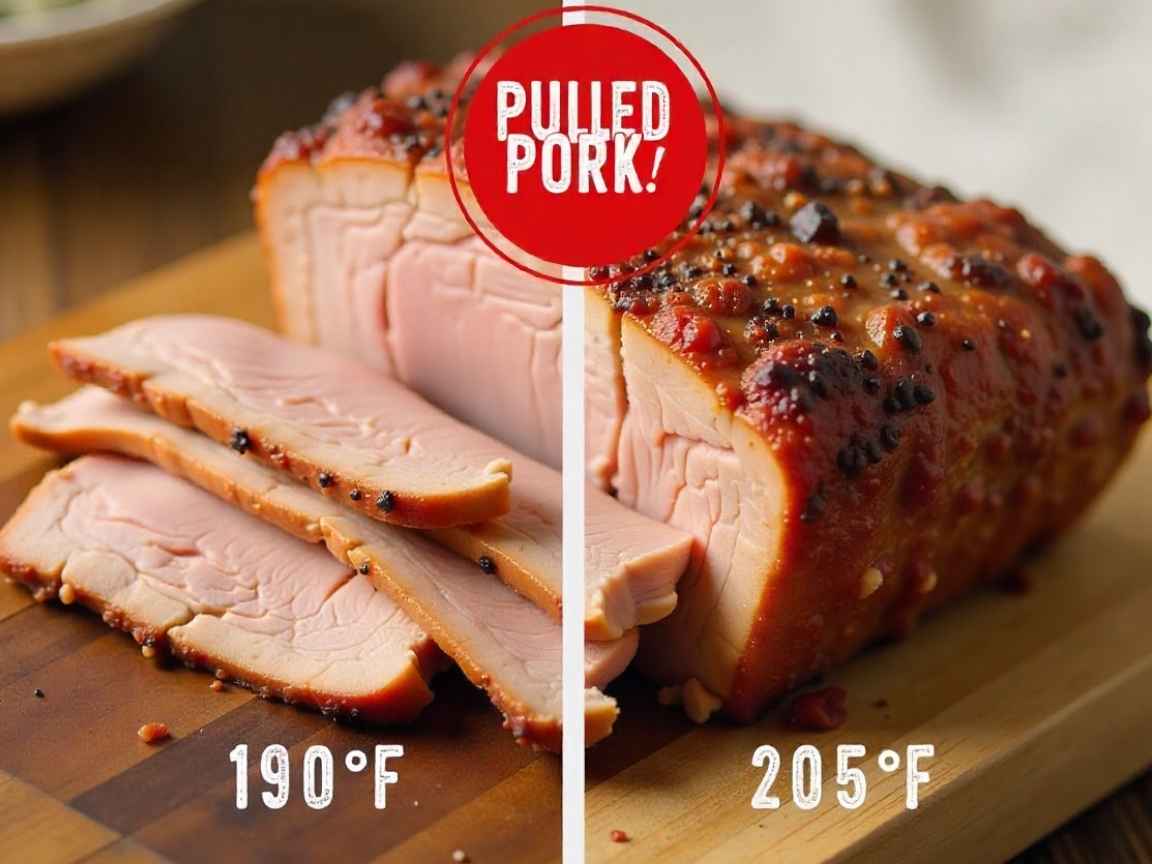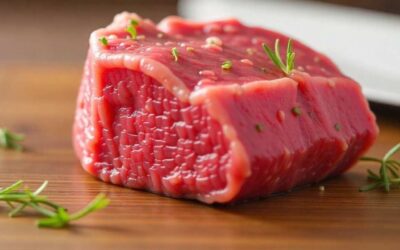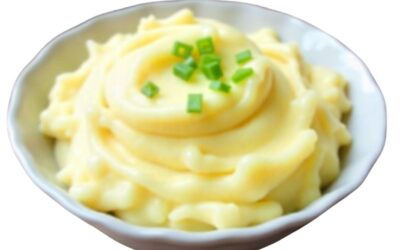White rice flour may not steal the spotlight as often as its gluten-filled and nutty-flavoured counterparts. Still, it has quietly become a pantry essential for everyone from gluten-free bakers to international chefs. Made by finely grinding polished white rice, this versatile flour offers a mild flavour, a smooth texture, and a wide range of culinary possibilities. Whether you’re looking to master gluten-free recipes, add texture to your dishes, or explore Asian cuisines, white rice flour has something unique to offer.
Here, we’ll break down everything you need to know about white rice flour, including its benefits, culinary uses, and storage tips. By the time you’re done reading, this unassuming ingredient might become a staple in your kitchen.
What Is White Rice Flour?
White rice flour is a gluten-free flour derived from finely milled white rice. The process involves removing the husk, bran, and germ from the rice before grinding it into a fine powder. Unlike brown rice flour, which retains the bran and has a slightly nutty flavour, white rice flour has a neutral taste and a soft, smooth texture.
Its neutral profile makes it a popular choice as a gluten-free alternative to wheat flour in a variety of recipes, ranging from baked goods to savoury soups. White rice flour is particularly prized for its ability to add lightness and crispiness to foods, making it a go-to ingredient for tempura and other fried dishes.
Key Benefits of White Rice Flour
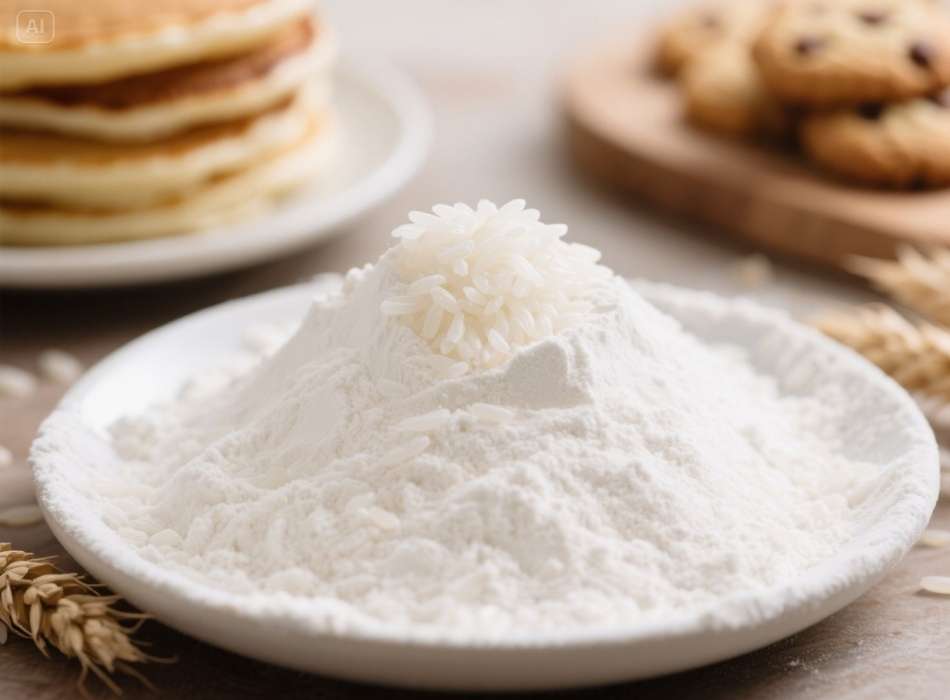
Why do so many gluten-free cooks and bakers turn to white rice flour? Here are some of its advantages:
Naturally Gluten-Free
For individuals with gluten intolerance or celiac disease, white rice flour offers a safe alternative to wheat-based flour. It’s a key ingredient in many gluten-free flour blends and serves as a substitute in recipes like pancakes, muffins, and cookies.
Neutral Flavor Profile
The mild, neutral flavour of white rice flour makes it a versatile ingredient for both sweet and savoury recipes. Unlike some alternative flours that can introduce overpowering flavours, white rice flour allows other ingredients to shine.
Versatile in Texture
White rice flour excels in creating a variety of textures. It can add crispiness to tempura batter, thicken soups and sauces, and produce light and airy baked goods when paired with other flours.
High in Carbohydrates and Low in Allergen Risk
For those seeking a quick energy boost or avoiding nut-based flour due to allergies, white rice flour is an excellent alternative. Its simple carbohydrate composition provides readily available energy, and it’s free of common allergens like tree nuts and legumes.
How to Use White Rice Flour in Cooking and Baking
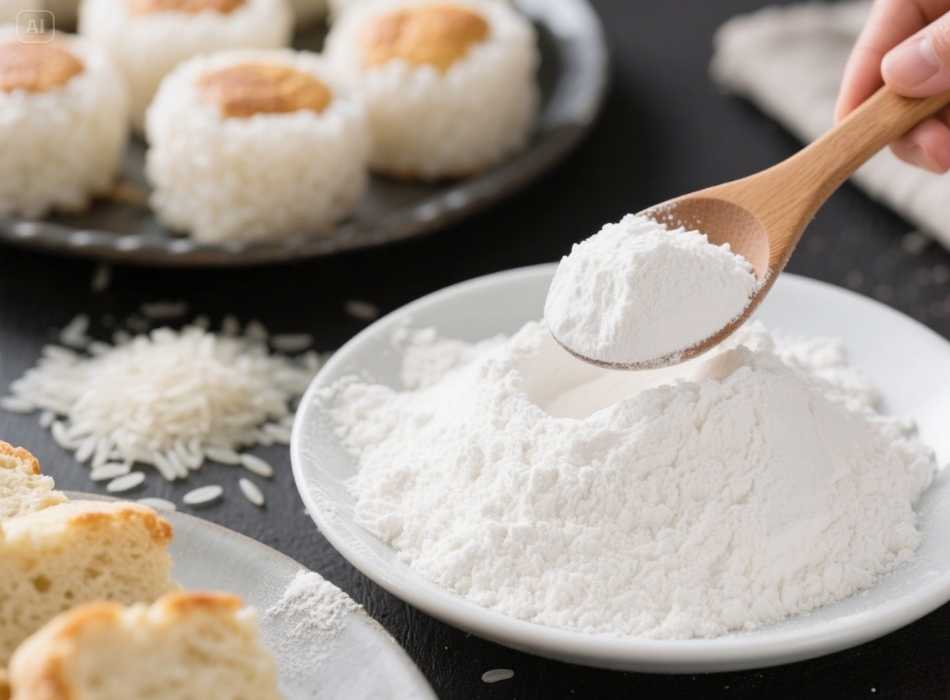
White rice flour’s versatility extends across many types of recipes. Let’s break it down by category:
Baking with White Rice Flour
White rice flour can be used as a sole flour or as part of a blend for gluten-free baking. Here are some tips to get you started:
Cookies and Cakes: Combine white rice flour with a binding agent, such as xanthan gum, to improve the texture of soft cookies and delicate cakes.
Pastries: Its light texture pairs well with tapioca and potato starch in pastry recipes to achieve a flaky, crisp crust.
Pancakes and Waffles: Use it alongside almond or coconut flour for fluffy pancakes and waffles.
Thickening Soups and Sauces
White rice flour works as a fantastic thickening agent. Use it in place of wheat flour or cornstarch to create velvety sauces, gravies, and soups. To avoid lumps, dissolve the flour in a little bit of water before adding it to hot liquids.
Crispy Coatings for Frying
If you’ve ever tasted perfectly crispy tempura, you’ve likely experienced the magic of white rice flour in action. Its fine texture and lightness result in a crunchy coating that doesn’t feel overly heavy or greasy. Coat vegetables, seafood, or chicken in white rice flour before frying for that golden, crispy crust.

Staple in Asian Cooking
White rice flour is a fundamental ingredient in Asian cuisines, used in recipes like Vietnamese bánh xèo (crispy pancakes), Korean rice cakes, and Chinese steamed rice rolls.
Gluten-Free Flour Blends
White rice flour is often combined with other flour to replicate the properties of wheat flour. For instance, combining it with tapioca flour and potato starch creates a blend that works well in most recipes.
Desserts
Try using white rice flour in desserts such as mochi or kheer for an authentic, chewy texture that gives these sweet treats their signature appeal.
How to Store White Rice Flour
To maintain its quality, white rice flour should be stored in an airtight container in a cool, dry place away from direct sunlight. For long-term storage, you can refrigerate or freeze it to keep it fresh for up to six months. Always check for any off smells or discolouration before using if it has been stored for an extended period.
Frequently Asked Questions

Is white rice flour gluten-free?
Yes, white rice flour is naturally gluten-free, making it an excellent choice for those with gluten sensitivities or celiac disease. Always check the packaging to ensure it has not been processed in facilities that handle gluten-containing products to avoid cross-contamination.
Can white rice flour be used as a direct substitute for wheat flour?
While white rice flour can be used in many recipes, it lacks the binding properties of wheat flour due to its absence of gluten. For optimal results, combine it with other gluten-free flour or use a binding agent, such as xanthan gum or guar gum.
What recipes work best with white rice flour?
White rice flour works wonderfully in gluten-free baking recipes such as cookies, cakes, and muffins. It is also perfect for thickening soups, sauces, and gravies or creating a light, crispy coating for fried foods.
How do I know if white rice flour has gone bad?
If your white rice flour has developed a musty smell, a bitter taste, or shows signs of discolouration, it is likely no longer fresh and should be discarded. Proper storage can help extend its shelf life.
Final Thoughts
White rice flour is more than just an excellent gluten-free alternative; it’s a versatile, approachable ingredient that can elevate both everyday recipes and exceptional culinary creations. Whether you’re a home baker, a gluten-free eater, or someone experimenting with international cuisine, this humble flour is a must-have in your kitchen.
Are you ready to try incorporating white rice flour into your cooking or baking? Start with a simple recipe, such as pancakes or a sauce thickened with this versatile flour. Share your creations with us and explore more gluten-free tips and recipes on our blog!










